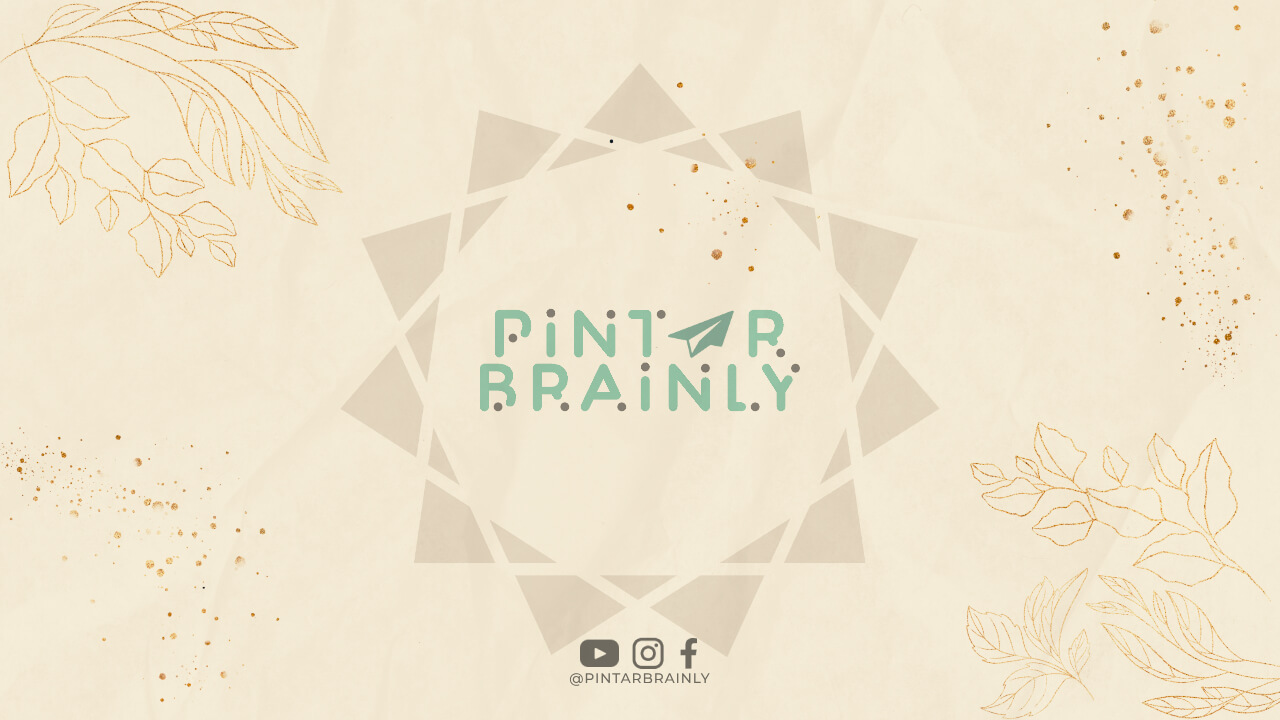Indonesia is known for its traditional art forms, and batik is one of them. Batik is a cloth that is traditionally made using a manual wax-resist dyeing technique. It is a unique art form that has been passed down from generation to generation. In this article, we will discuss the various techniques involved in making batik.
1. Canting
Canting is one of the most important techniques in batik making. It is a tool used to apply hot wax onto the cloth. The canting tool is made of copper or brass, and it has a small spout that allows the wax to flow out in a controlled manner. The wax is applied to the cloth in a pattern, which will resist the dye when it is applied later.
2. Cap
The cap technique involves using a block to stamp a design onto the cloth. The block is dipped in hot wax and then pressed onto the cloth. The waxed area will resist the dye, leaving the design visible on the cloth after it is dyed.
3. Tie-dye
Tie-dye is a technique that involves tying the cloth in certain areas to create a pattern. The areas that are tied will resist the dye when it is applied later. This technique can be used in combination with other techniques to create intricate designs.
4. Brushing
The brushing technique involves using a brush to apply wax onto the cloth. This technique is used to create fine lines and details in the design. The brush is dipped in hot wax and then applied to the cloth in a controlled manner.
5. Bleaching
The bleaching technique is used to create a contrast in the design. The cloth is first dyed in a dark color, and then certain areas are bleached to create a lighter color. The wax is then applied to the bleached areas to create a pattern.
6. Overlapping
The overlapping technique involves applying wax to certain areas of the cloth, dying it, and then applying wax to different areas to create a layered effect. This technique can be used to create intricate designs with multiple colors.
7. Gradation
The gradation technique is used to create a gradual change in color. The cloth is first dyed in a light color, and then wax is applied to certain areas to resist the dye. The cloth is then dyed in a darker color, and the process is repeated until the desired effect is achieved.
8. Freehand
The freehand technique involves applying wax to the cloth using a brush or canting tool without any predetermined design. This technique allows for more creativity and spontaneity in the design process.
9. Combination
The combination technique involves using multiple techniques in the same design. For example, a design may be created using the canting technique for the outlines and the cap technique for the fill-in areas.
10. Reverse Batik
The reverse batik technique involves applying wax to a pre-dyed cloth. The wax is applied in a pattern that will resist the bleach, leaving the original color visible. This technique is used to create a negative image of the design.
In conclusion, batik making involves a variety of techniques that require skill and precision. Each technique has its own unique characteristics that contribute to the overall design. Whether it is the canting, cap, tie-dye, brushing, bleaching, overlapping, gradation, freehand, combination, or reverse batik technique, each one adds to the beauty and complexity of batik.




